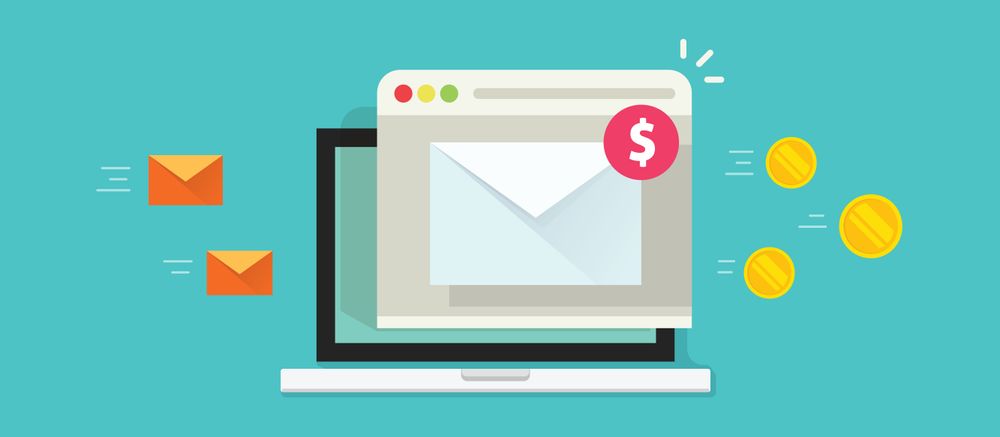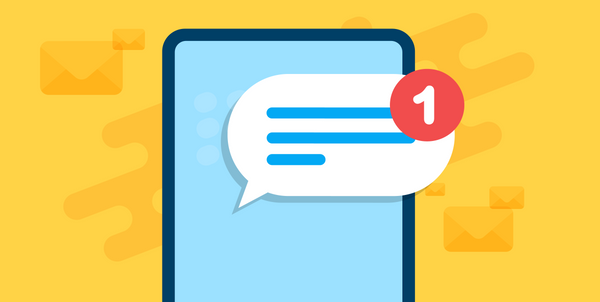Why Email Marketing Still Yields the Highest ROI Despite the Social Boom
In a world of viral social campaigns and 10-second videos, it can be hard to deliver a cohesive, impactful message to customers—never mind, anything customized to their interests. Customers are used to the constant flood of generalized messages, designed to be shared and liked by the wider public. Now more than ever, getting personal has its merits and that means reaching them in their inbox. These are the reasons why emails still have significant gumption in the marketing world:
Meet them where they already are
It’s simple: most internet users are email users. This, unfortunately can’t be said for social media. According to a gathering of data from 2017, 1.7 billion people have a Facebook account, which pales in comparison to the 2.6 billion email users according to a continuing report started in 2015. Why not cast a larger net?
Show your customers what you’re about
It’s a chance to show your brand’s personality and connect with the customer on a human, conversational level. By integrating useful information alongside introducing potential for sales, an email newsletter can add editorial purpose to the brand, thus adding value to the customer.
It’s a great opportunity for income via advertisements
Even if you don’t have a physical product to sell, there’s advertising dollars to be made. When tactfully placed, ads can be targeted towards each specific reader’s interests or location to further entice customers to click through.
Speaking of targeting…
Not only can advertisements be targeted, but so can your email readership. Emails can be split up or segmented to cater to customers that are interested in certain things from you. Your customer base can be tailored across lists for potential leads, those who want news and updates about your company, those who opt-in for newsletters as well as for those who are in for a recurring bi-weekly, monthly or quarterly email. There’s even a way to segmenting your list to send an email out to those quirky customers who prefer their emails in HTML.
Find out what they want
It’s a great way to check the pulse of your customer base. Customer click-through rates, open rates and bounce rates can serve as a way to better understand what your customers respond to and what they’re interested in and an opportunity to tweak your strategy to drive customer engagement.
It allows your company to be reactive
Once emails go out to your customer base, it produces data almost instantly. In a day, you are able to see the rate at which the emails are being read and how many are clicking through. This quick turnaround of data allows to you be responsive and address both the customer’s needs, as well as your company’s. If there’s a momentary lull in sales, send along a coupon. If you’re looking to increase your customer base, incentivize existing customers to refer friends. If there’s an upcoming event or holiday that’s important to your customer base, this is a chance to engage them where their head is at.
It causes them to stick around
We all know it: it’s a hassle to unsubscribe. What this really means is that connection with your customer through email has a longer life than other strategies like social media. However, this doesn’t have to mean that emails are pesky. They can range from little nudges to customers to keep your business in mind to creatively-curated newsletters with content that customers look forward to reading.
It pays to be personal
The real asset of email marketing is that it is a powerful tool for driving customer conversion. The average click-through rate is about 3%. While that may not seem like a knock-out number, the click-through rate of a link on Twitter is about .5%. This ultimately means that a customer is six times more likely to click on a link through an email campaign than a social media one. Email is personal and allows for a nurturing of clientele in a way that social media’s megaphone-like voice cannot.
At the end of the day, it’s about the bottom line
As a cunning marketer, your real question is what’s the return on investment, or ROI? Email’s lively conversions yields a whopping average of 3,800% return on investment. That’s $38 return on investment for ever $1 spent. Need we say more?




